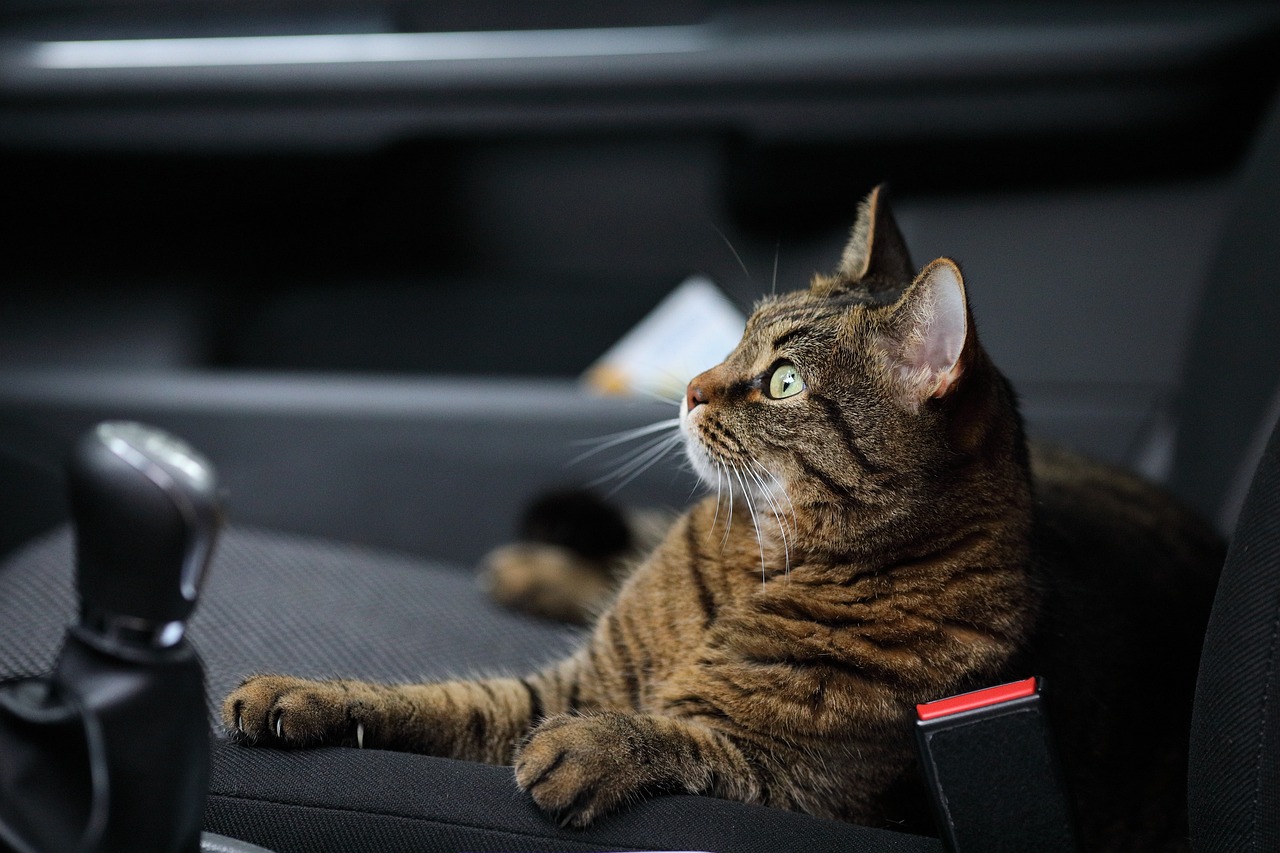
Tips for Getting Cats Used to Carriers and Dogs to Riding in Cars
If you’re a pet owner who’s experienced difficulties with their dogs or cats when it comes to travel, we have a few tips to help. While cats aren’t really known for being a part of the “Go for a ride?!” set, some do enjoy hitting the open road with their person or people.

Heck, we even knew a feline by the name of Bosun who not only loved going for car/truck rides (he had a comfy mat to sit/lay on) but eventually became a seasoned sailor as well. And, yes, his people got him a tiny life jacket for his frequent sailing excursions.
Most people’s cats just don’t roll that way. Because they are seldom faced with having to be transported anywhere, many of them freak out when you try to coax them into their carriers. This can be as traumatic for you as it is for them.
One trick that can help is to leave their carrier out somewhere they can find it, smell it, explore it, take naps in it, or hide in it whenever they want instead of storing it. If they see it primarily as a familiar extension to their home environment, rather than a jail to take them places they likely don’t want to go, they are far less apt to balk at your attempts to get them inside.

Tuck it someplace your cat can enjoy a little quiet time or a nap, such as a corner, hidden under an end table, a closet they have access to, etc. It’s also a good idea to throw one of their toys in, like a rattle mouse or something else they enjoy.
Once they go in to retrieve it or investigate and realize nothing bad is going to happen to them, they’ll start to get less wary of the carrier. And they will explore it because their curiosity will eventually get the better of them.
Note: If your carrier is one that you’ve used exclusively for yearly vet visits, they may never trust it enough to willingly set paw inside of it. For that reason, it may be worth investing in a new one they don’t associate with fear. They’re super inexpensive now, and you can always donate the old one.

As to dogs, most of them love going for a ride. The minority that don’t either never get the opportunity to, except for veterinarian runs — which leads to trembling bodies, shaking legs, and having to pour them into the vehicle — or they become ill and associate car trips with the more unpleasant aspects of motion sickness.
To break them of this fear, start small and take your pup with you on short drives around the block or brief errands (do not leave them in hot cars!). Drive-thru banks are great because if they see your dog, they’ll usually send your receipt or money back through the tube with a dog biscuit or two.

Another spot almost all canines enjoy is PetSmart, where they can meet other dogs, receive pets, and get more treats or maybe a new toy. If driving makes them sick, ask your vet about maropitant citrate, an antiemetic successfully used on dogs and cats who get queasy when traveling.
Essentially, all you’re trying to accomplish is gradually disassociating driving and pet carriers from negative experiences.